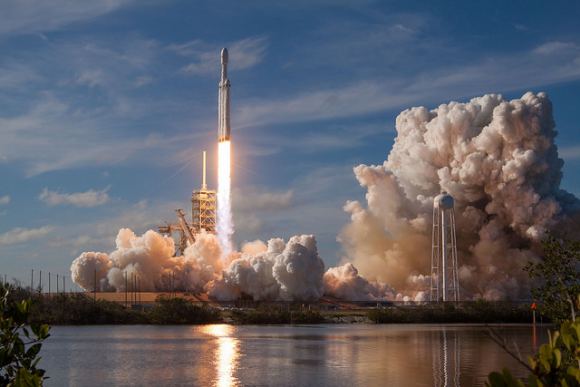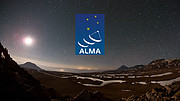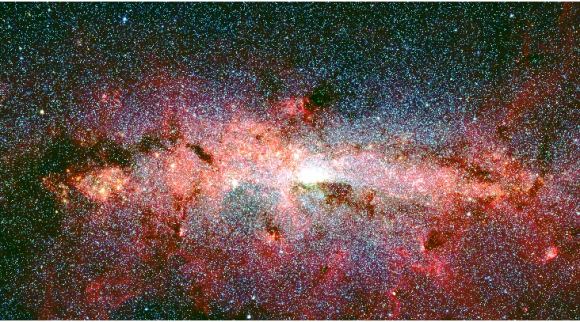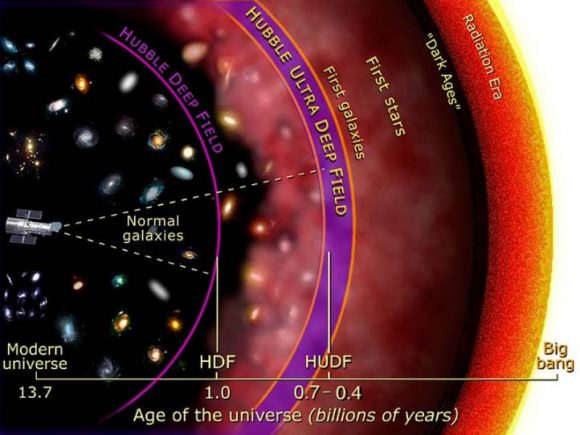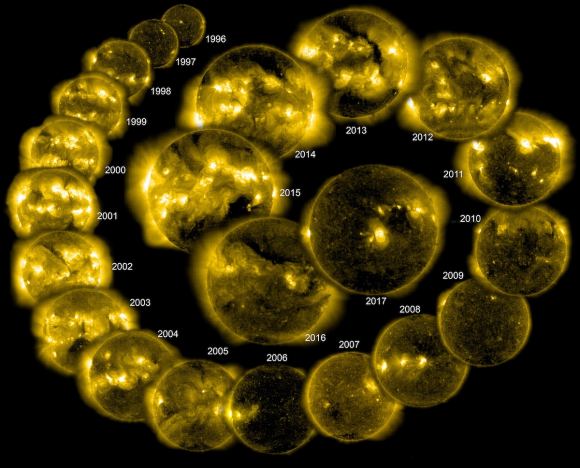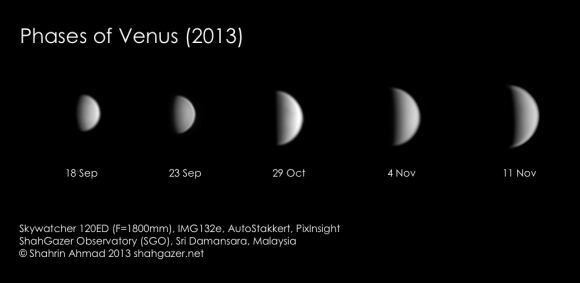Awesome Astronomy #69 – March 2018
http://static.libsyn.com/p/assets/6/b/8/8/6b8813e3f0b38255/awesome-astronomy-logo-itunes-01.jpgAwesome Astronomy #69 – March 2018Ralph, Paul & Jeni The Discussion: Jeni and her Welsh brethren suffered an Earthquake and Ralph takes a look through listeners emails which prompts a discussion about the range of educational outreach that AweAst listeners undertake. The News: Rounding up the space and astronomy news this month we have: A new and pointless star ‘graces’ our night sky We wave goodbye to the concept of the Late Heavy Bombardment Astronomers publish results on the oldest supernova detection Astronomy Concept: We delve into the wide array of visual observation and astrophography filters in response to John Lonergan’s request. Q&A: Listeners’ questionsRead More →
